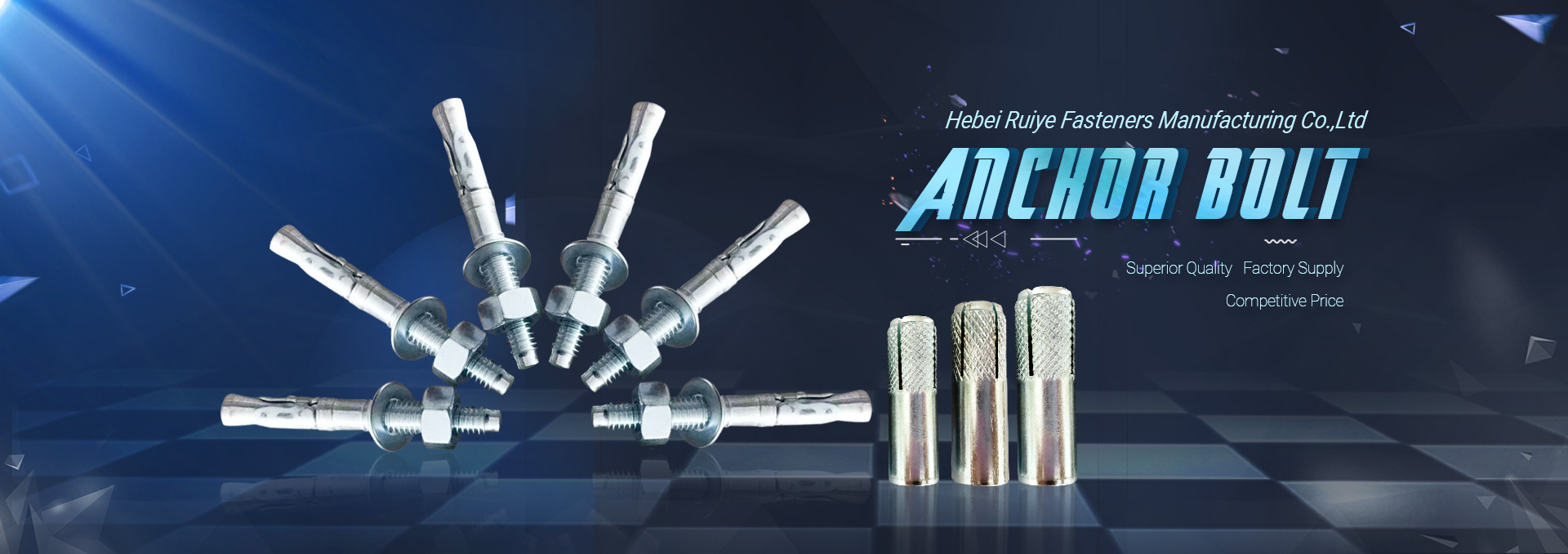COVID-19 ResponseCOVID-19 Response: Source manufacturers & distributors providing COVID-19 medical supplies ico-arrow-default-right
Though they seem simple enough, the uninitiated might have trouble determining what screw sizes, and nail sizes and types are good for their projects. Widespread fastener use has benefited in modern times from standardization focused on preventing misuse and encouraging compatibility. Organizations such as the Industrial Fastener Institute and federal legislation like the Fastener Quality Act have worked to promote stringent and wide-ranging standards for fasteners of all kinds. Nails, screws, bolts, clamps, rivets and other fasteners are all governed by these standards, allowing manufacturers, engineers, woodworkers and others to produce materials that can work using these regulated measurements and compositions. Nails and screws, possibly the most commonly used fasteners, both benefit from standardization tables. So what are the common nail sizes and types and what different screw types are there?
This chart illustrates industry-standards for nail sizes and their dimensions. Under “nail size,” the “penny size” refers to a standard nail unit. Nails are measured in pennies, believed to be from older times when nails were sold by the penny. At the time, the abbreviation for pennies was d, so nail sizes are described as 2D nails, 3D nails, etc. The shank diameter and length refer to the shaft part of the nail, called the shaft, which is driven into the surface. The head is, of course, the top portion struck to drive the nail into the material.
Screw measurements are slightly more complex than nails because there are more variables in their fabrication and usage. These include drive type, screw thread size, and the many different shank and screw head sizes.
There are numerous thread sizes. Some are more common while others are used only in very specific applications or in certain countries. These drive types include:
In terms of consistency, screw thread types are wide-ranging, which can lead to incompatibility. The International Organization for Standardization (ISO) has one system which is slowly gaining more widespread acceptance, leading to more standardization and wider compatibility settings.
There are too many differentiations to enumerate them all here, but the basic system of ISO measurement is as follows: Because ISO thread standards are metric, they are demarcated as M followed by the nominal diameter, in millimeters. If the pitch of the thread is nonstandard, this diameter is followed by an “x” and the pitch. If a standard pitch is used, no pitch is mentioned.
We are using the power of our platform to aid in the mass shortage of critical supplies. If your company can help provide supplies, capabilities, or materials for products such as N-95 Masks and Tyvek Suits — Please let us know.
Copyright© 2020 Thomas Publishing Company. All Rights Reserved. See Terms and Conditions, Privacy Statement and California Do Not Track Notice. Website Last Modified June 5, 2020. Thomas Register® and Thomas Regional® are part of Thomasnet.com. Thomasnet Is A Registered Trademark Of Thomas Publishing Company.
Post time: Jun-05-2020

